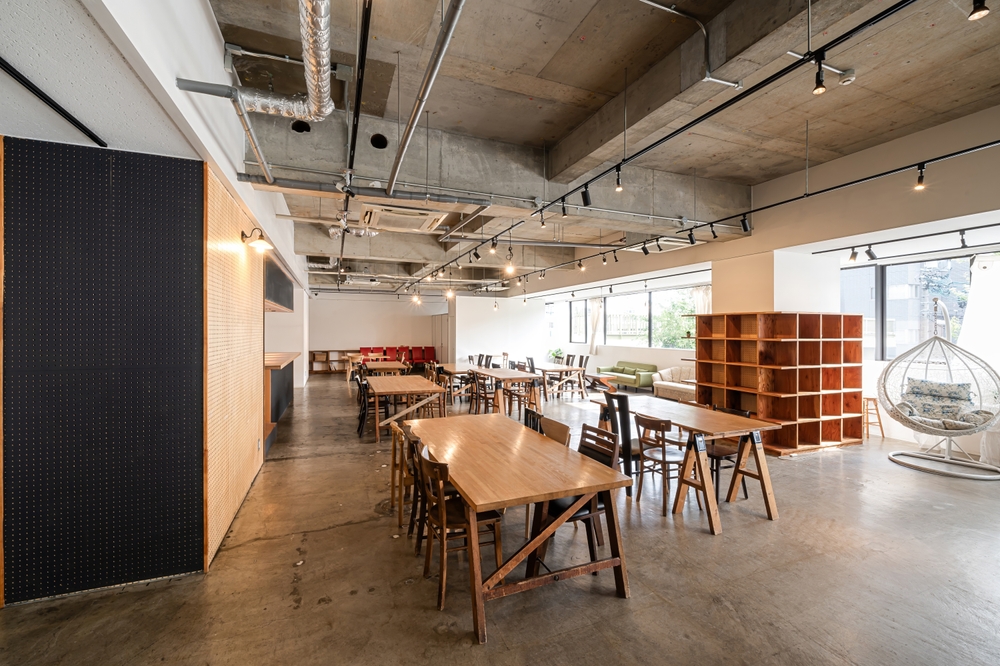The Rise of Coworking in Suburban and Rural Areas
Coworking has long been associated with fast-paced urban hubs – bustling downtowns filled with entrepreneurs, freelancers and tech startups. But a new trend is reshaping the flexible workspace landscape: the rise of coworking in suburban and rural areas.
Driven by changes in work culture, technology and lifestyle preferences, this shift marks a significant evolution in how and where people work. Let’s explore why coworking is expanding beyond city centers and what it means for professionals and communities alike.

Why the Shift is Happening
Several factors are fueling the growth of suburban and rural coworking spaces:
Remote Work is Here to Stay
The COVID-19 pandemic accelerated remote and hybrid work, and many companies have made those models permanent. As a result, professionals no longer need to commute into the city every day. Suburban and rural coworking spaces offer a nearby alternative to working from home, without sacrificing structure, community or productivity.
Urban Exodus and Quality of Life
Many workers have moved from cities to suburbs or rural towns in search of more space, lower costs and a slower pace of life. Coworking operators are following this migration, offering spaces that match the professional needs of these new residents.
Demand for Flexibility and Community
Freelancers, solopreneurs and remote workers often miss the collaboration and camaraderie of a shared work environment. Coworking provides both, while allowing members to choose a space closer to home.

Benefits of Coworking Outside the City
Expanding coworking into non-urban areas brings unique advantages:
Shorter Commutes
Reducing commute times leads to better work-life balance, less stress and more time for family or personal pursuits.
Cost-Effective Space
Suburban and rural coworking spaces often have lower operating costs than city-center counterparts, allowing operators to offer more affordable membership rates.
Economic Revitalization
Coworking spaces can revitalize small towns and suburbs by attracting talent, supporting local entrepreneurs and driving foot traffic to nearby businesses.
Niche Communities
Smaller coworking hubs can cater to niche audiences, such as creatives, tech professionals or nonprofit workers, fostering more targeted collaboration and networking.

Examples of Successful Rural Coworking
From barns-turned-offices to modern coworking centers in sleepy suburbs, examples abound:
- In Vermont and Montana, coworking spaces support remote workers who want to stay close to nature.
- Suburban areas outside major cities like Austin, Atlanta and Chicago now feature vibrant coworking hubs catering to hybrid professionals.
- Local governments and economic development agencies are even investing in rural coworking as part of broader revitalization strategies.
Conclusion
The coworking movement is no longer confined to skyscrapers and tech corridors. As work becomes more flexible and location-independent, suburban and rural areas are becoming fertile ground for innovation and community-building.
The rise of coworking in these regions isn’t just a trend, it’s a reflection of a deeper transformation in how we live and work. And for many professionals, it’s exactly the balance they’ve been looking for. For information on how Yardi Kube coworking software can help you manage a suburban coworking space, click below to schedule a demo.
